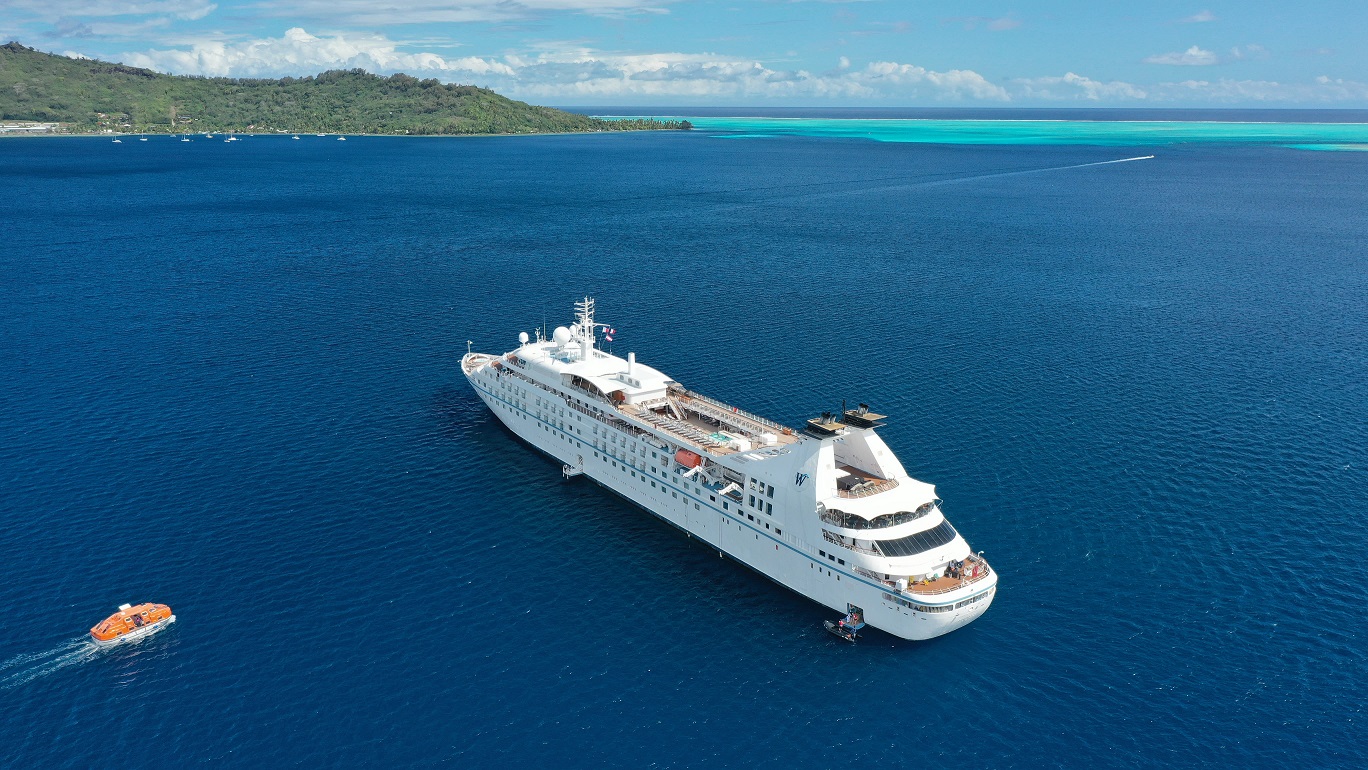There is a great willingness for cruise to return to the Caribbean. Key stakeholders, destinations and cruise fanatics are all eager to see the return of cruising in the Caribbean.
However there are many obstacles and difficult times call for difficult decisions to be made.
Getting consent from public health agencies like the CDC and CARPHA is going to be a challenge, but one that I believe technology can solve; create a safe environment to initiate a soft start to slowly resume cruising in the Caribbean.
The population of the Caribbean is approximately 35M excluding Cuba, the quickest way I can see a return is an industry-wide and local population-wide track and trace application, centralised by CARPHA and the CDC. Lots of companies are looking at ways of introducing tracking apps for their staff and guests, but without a single platform for everyone to operate through, biosecurity measures will lack accountability and the siloed tracks and trace apps will be rendered almost useless.
Imagine one of the largest cruise ships visiting an island like Antigua. The ship brings 5000 passengers and 1000 crew onto the island. Also that day another ship is visiting bringing the same amount of passengers. The population of Antigua is around 80,000 and the temporary population is now around 90,000. There is a 12.5% increase in population without any track and trace technology to stop an outbreak spreading both locally and to any subsequent islands the ships are visiting. To collaborate on testing, tracking and tracing is perhaps the only way in the short term cruising could be allowed to recommence.
As a prime example of how to deploy and use this approach correctly, the processes of the German government’s track and trace app should be noted as it has been the only truly successful app at scale, having been downloaded over 12M times. Making registration and use of the app a requirement of entry to the region is a key step for public health, but also reassurance to the public that it is safe to return to cruise in the Caribbean. It’s a unique area and as such this approach would only work on the Caribbean.
The next obstacle is who would pay for this? The only way is a public private partnership across all stakeholders. The program would cost millions to develop and administer, but with companies losing millions each day, that investment to revive the industry may now be worth it.
It would be ambitious, complex and potentially a political nightmare to bring so many rivals to the table, but these times have taught us that all options must be on the table.










